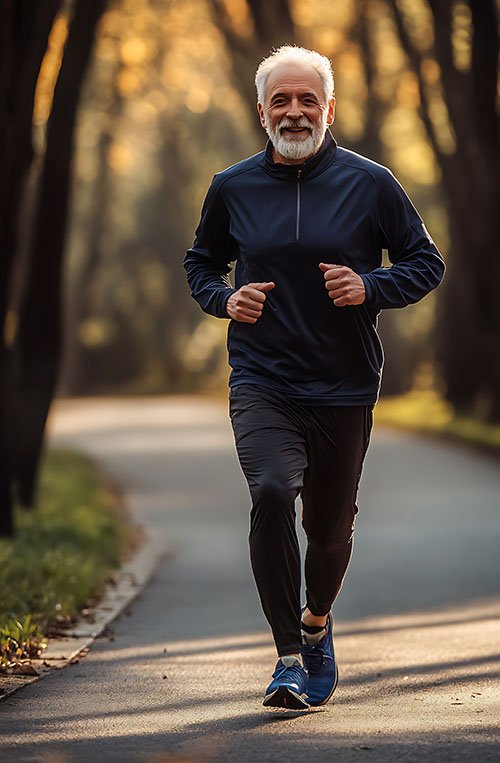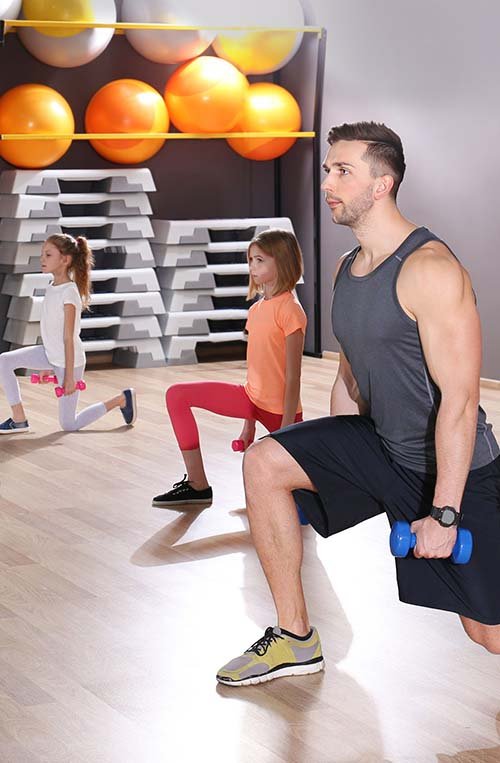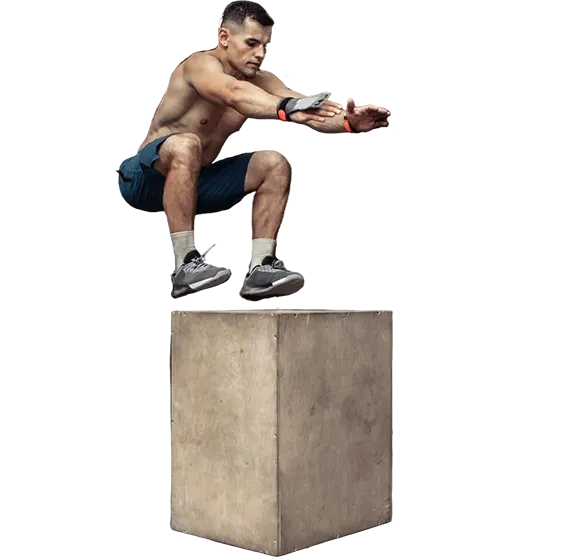Fitness for Senior Citizens & Kids
Movement is Medicine

Staying physically active is essential at every stage of life—but the way we approach it must evolve with age. Two groups often overlooked in mainstream fitness conversations are children and senior citizens. Despite their vastly different physiological profiles, both populations benefit enormously from structured, age-appropriate movement.
For children, physical activity lays the foundation for motor skills, cognitive development, and lifelong healthy habits. For seniors, it plays a vital role in maintaining mobility, independence, and quality of life, while also reducing the risk of chronic diseases and falls.
The goal isn’t just movement—it’s purposeful movement that supports physical, mental, and emotional well-being. By designing programs that respect developmental stages and functional needs, we can empower the youngest and oldest members of our communities to thrive through fitness.
Fitness for Senior Citizens
PURPOSE
Movement is more than exercise
it’s a powerful tool for preserving independence, improving quality of life, and adding vitality to every stage of aging. With the right guidance and a structured approach, staying active becomes not only possible, but transformative.
As we age, our bodies inevitably experience physiological changes—muscle mass decreases, bone density diminishes, joints become stiffer, and balance may decline. These shifts are a natural part of aging, but they don’t have to define the experience.
Engaging in regular, age-appropriate physical activity can significantly slow the aging process. It enhances mobility and strength, supports mental well-being, and helps prevent or manage common chronic conditions such as:
- Hypertension
- Arthritis
- Osteoporosis
- Type 2 Diabetes
Key Benefits

Improved mobility and balance
Reduces fall risk

Increased strength and flexibility
Enhances independence

Better cardiovascular health
Reduces risk of heart disease

Cognitive health boost
Physical activity is linked to reduced risk of dementia

Mood enhancement
Regular exercise reduces anxiety and depression

Recommended Types of Exercise
The focus should be on low-impact, joint-friendly, and functional movements:
- Aerobic exercises (e.g., walking, cycling, swimming)
- Strength training: (light weights, resistance band exercise)
- Flexibility and mobility (Yoga, stretching routines)
- Balance and coordination: (standing on single leg, tai chi,)
Staying active is important for everyone, but how we exercise and why we do it changes as we get older
Age Is Just a Number. Strength Is a Choice.
Take the first step toward a healthier, more active life.
Reach out now to learn more or book a trial class.
Fitness for Kids
PURPOSE
Today’s children are growing up in an environment shaped by increased screen time, urban living, and academic pressure—all contributing to a sharp decline in physical activity. This growing inactivity poses risks not just to physical health, but also to emotional and cognitive development.
Regular physical activity in children:
- Lays the foundation for a healthy lifestyle
- Aids in physical development (muscles, bones, motor skills)
- Improves concentration, academic performance, and emotional well-being
Key Benefits

Supports physical growth
Build strength, coordination, and endurance

Boosts brain development
Enhances memory, focus, and learning

Prevents childhood obesity
Controls weight and promotes metabolic health

Improves social skills
Team sports and play teach cooperation and communication

Promotes emotional well-being
Physical activity reduces anxiety and builds self-esteem

Recommended Types of Exercise
The goal is to make fitness fun, varied, and developmentally appropriate
- Active play (tag, climbing, skipping)
- Organized sports (soccer, basketball, swimming)
- Bodyweight movements (Squats, animal walks)
- Flexibility activities (Yoga for kids, stretching games)
- Family fitness (Group activity)
Special Considerations
- Focus on skill development over competition
- Avoid overtraining or early specialization in a single sport
- Ensure hydration, rest, and adequate nutrition
- Encourage free play to develop creativity and autonomy
Fitness is not one-size-fits all
Seniors need movement for longevity and independence; kids need it for growth and development. While their fitness goals and physiological needs differ, the outcome is the same a healthier, more fulfilled life. Creating inclusive, engaging, and supportive fitness environments for both senior citizens and kids is key to fostering a culture of wellness that spans a lifetime.

Enhance growth, confidence and focus of your children
Active Kids, Healthier Futures
